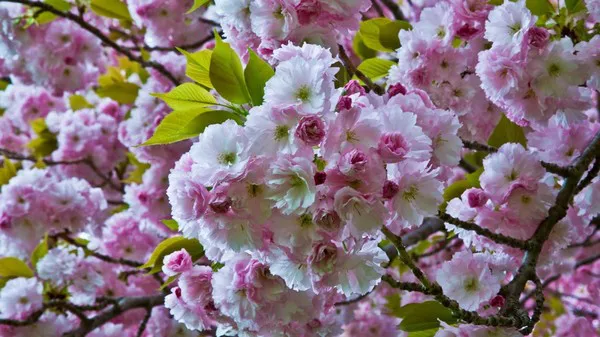Linxia Hui Autonomous Prefecture, Gansu, Northwest China, is emerging as a significant player in the global flower market, thanks to a substantial investment that has propelled its rose cultivation industry to new heights. Renowned Russian flower merchant Rinad Ageev recently received a shipment of 200,000 fresh-cut roses from Linxia, marking a groundbreaking moment as the first batch transported by road to Moscow in October.
Contrary to traditional perceptions, Northwest China has positioned itself as a noteworthy hub for rose cultivation, gaining recognition for producing roses even larger than those from Ecuador, a renowned rose-producing region. Ageev attested to the unique varieties cultivated in Linxia, some of which are rarely found elsewhere.
In a strategic move to optimize transportation efficiency, Ageev adopted cold-chain trucks, a departure from conventional methods. This shift in transportation methods has been facilitated, in part, by the Belt and Road Initiative, which has opened up new channels for industry and trade.
The success of Linxia’s rose industry can be attributed to a comprehensive development plan initiated by the local government in 2021. A staggering investment of over 600 million yuan ($84 million) was directed towards implementing state-of-the-art automated temperature and humidity control systems, integrated water and fertilizer systems imported from European countries, and high-quality rose varieties from the Netherlands.
Zhang Yongyou, the general manager of Linxia Yinong Agriculture and Animal Husbandry Investment Co., explained that the region’s climate, coupled with advanced agricultural technology, makes Linxia more suitable for rose cultivation than well-known areas like Yunnan. The installation of over 200,000 square meters of intelligent greenhouses equipped with cutting-edge systems has significantly enhanced the efficiency of rose production.
These intelligent systems, designed to provide optimal conditions for rose growth, have not only shortened the cutting cycle but also increased the annual yield per square meter to over 300 fresh-cut roses. Furthermore, the eco-friendly practices adopted, such as recycling carbon dioxide for photosynthesis and treating water and fertilizer for reuse, have resulted in a zero-pollution environment.
Despite the high level of automation, Linxia’s rose growing base has become a significant source of employment, with over 500 farmers from Fuhan town contributing to the operations. Fondly referred to as the “rose factory” locally, the facility witnesses daily activities involving picking, sorting, thorn removal, and packaging, with approximately 200,000 roses shipped both nationwide and overseas each day.
Looking ahead, Zhang outlined the ongoing Phase II and Phase III development of the flower base, with plans to expand the planting area to 67 hectares by next year. The ambitious goal includes the construction of 200 hectares of intelligent greenhouses within five years, projecting an annual output of around 700 million fresh-cut roses. This substantial expansion is anticipated to contribute 10 percent of the national output and create 5,000 job opportunities, further solidifying Linxia’s position as a rising force in the global flower industry.


